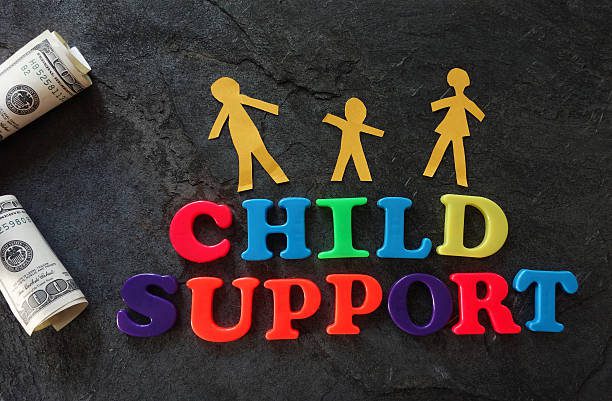How to Determine Child Support in Illinois: A Comprehensive Guide

Navigating the legal landscape of child support in Illinois can seem overwhelming for many parents. Understanding how child support is calculated, what factors are considered, and the steps involved in the process can provide clarity and reduce anxiety. This guide aims to demystify the process, offering a step-by-step approach to understanding child support determination in Illinois.
Introduction
Child support plays a crucial role in ensuring the financial well-being of children following the separation or divorce of their parents. In Illinois, like in many states, the process for determining child support is guided by specific laws and formulas intended to make the support fair and equitable. However, individual circumstances can significantly impact the calculation, making it important for parents to understand the basics of the system.
The Illinois Child Support Model
In July 2017, Illinois shifted to an “income shares” model for calculating child support. This model is based on the concept that children should receive the same proportion of parental income that they would have received if the parents were still together.
Key Components of the Income Shares Model
- Combined Parental Income: The model starts by determining the combined adjusted gross income of both parents. This includes income from almost all sources, with certain deductions allowed.
- Basic Support Obligation: Using the combined income and the number of children, a basic support obligation is determined from a standardized table provided by the Illinois Department of Healthcare and Family Services.
- Allocation of Obligation: The basic support obligation is then divided between the parents in proportion to their respective incomes.
- Adjustments: The court may adjust the child support amount based on additional expenses, such as health care, education, and extracurricular activities.
Factors That Influence Child Support Amounts
Beyond the basic calculation, several factors can influence the final child support amount. These include:
- Parenting Time and Responsibility: The amount of time the child spends with each parent can affect the child support calculation.
- Financial Resources and Needs: The needs of the child and the financial resources of each parent, including their earning capacity and any child support or spousal support obligations from previous relationships.
- Standard of Living: The standard of living the child would have enjoyed had the household remained intact.
How to Apply for Child Support in Illinois
- Gather Documentation: Collect financial documents, such as tax returns, pay stubs, and expense information for the child.
- Submit an Application: Apply for services through the Illinois Department of Healthcare and Family Services or file a petition in court.
- Mediation or Litigation: Some cases may be resolved through mediation, while others require a court hearing.
Enforcement and Modification of Child Support
- Enforcement: Illinois has several mechanisms to enforce child support orders, including wage garnishment and revocation of licenses.
- Modification: Either parent can request a modification of the child support order if there is a significant change in circumstances.
Conclusion
Determining child support in Illinois involves a combination of statutory formulas, judicial discretion, and the specific circumstances of the family. While the process can be complex, understanding the basic principles and steps involved can help parents navigate the system more effectively. For personalized advice, it’s advisable to consult with a legal professional who specializes in family law.
Remember, the goal of child support is to ensure the well-being of children. By approaching the process with this in mind, parents can work towards a solution that best supports their children’s needs.





